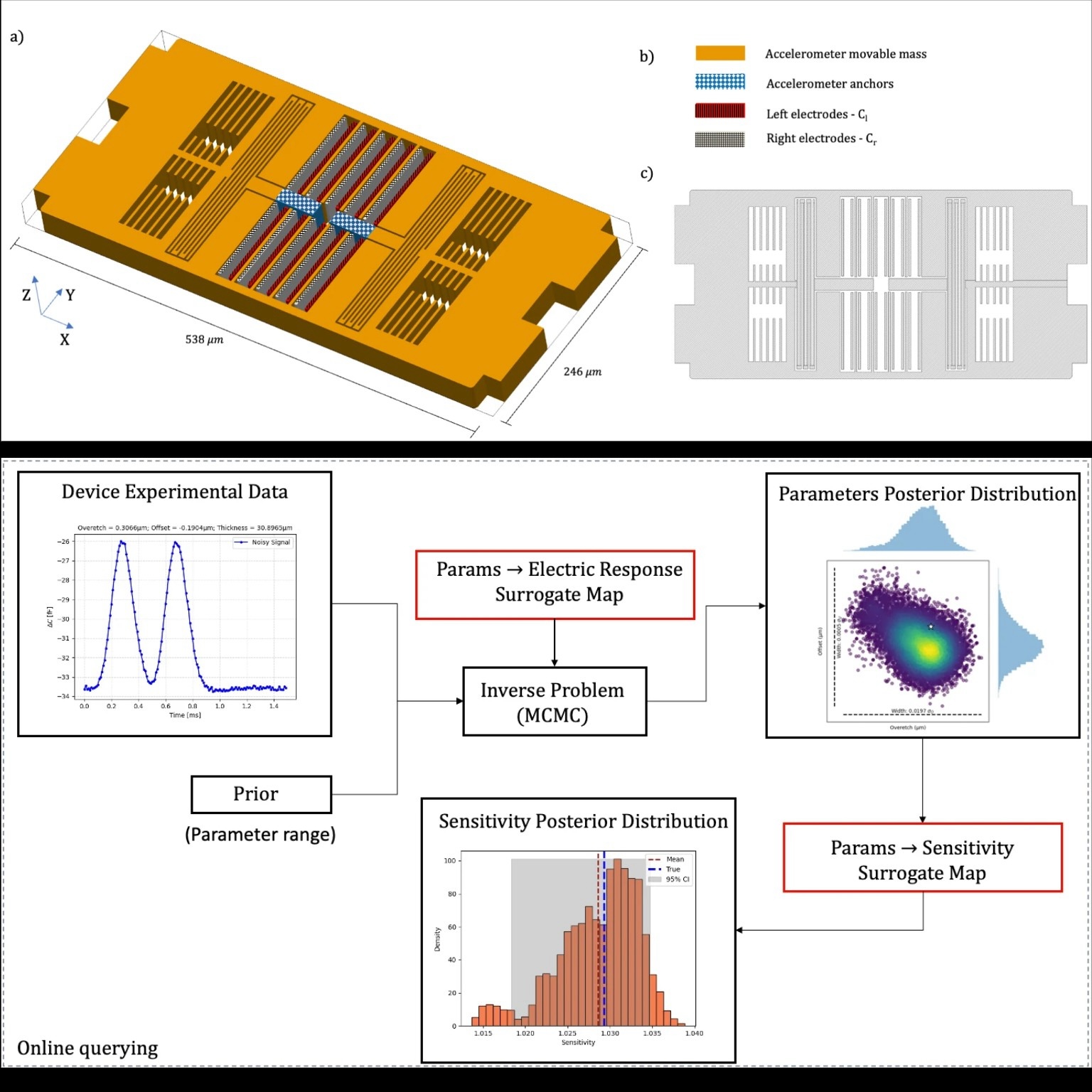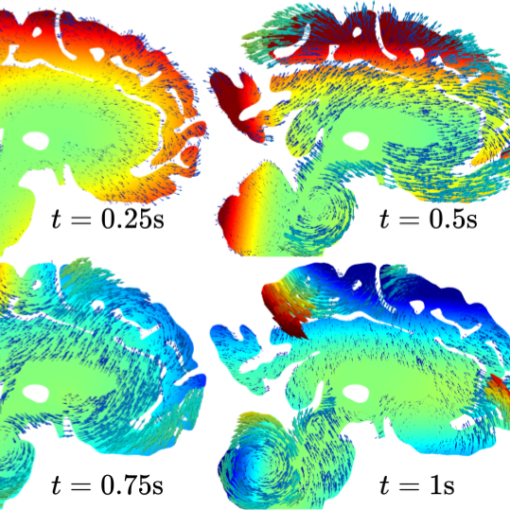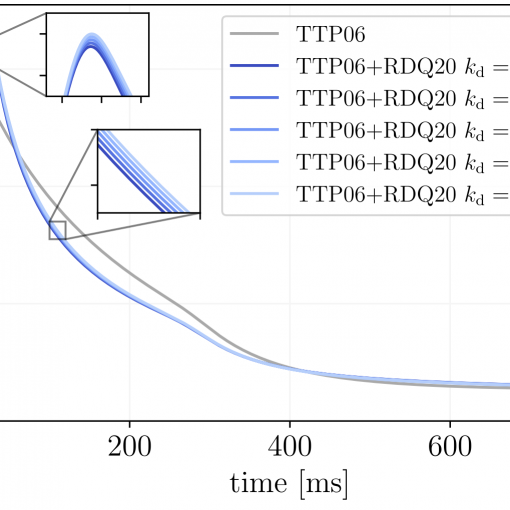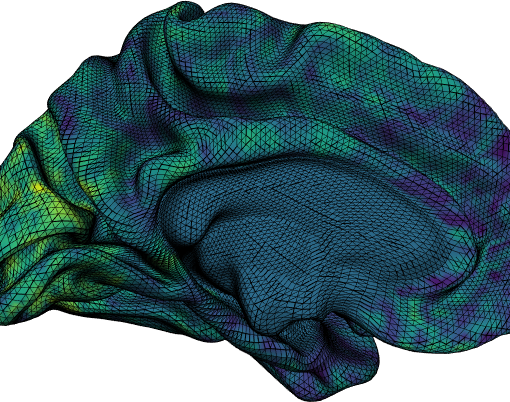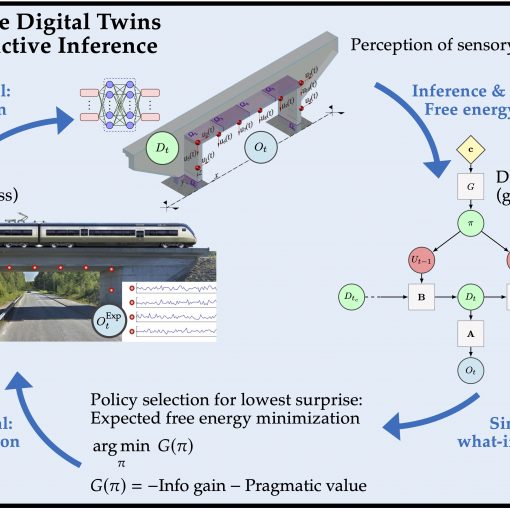A new MOX Report entitled “Neural networks based surrogate modeling for efficient uncertainty quantification and calibration of MEMS accelerometers” by Zacchei, F.; Rizzini, F.; Gattere, G.; Frangi, A.; Manzoni, A. has appeared in the MOX Report Collection. Check it out here: https://www.mate.polimi.it/biblioteca/add/qmox/95-2024.pdf Abstract: This paper addresses the computational challenges inherent in the stochastic characterization and uncertainty quantification of Micro-Electro-Mechanical Systems (MEMS) capacitive accelerometers. Traditional methods, such as Markov Chain Monte Carlo (MCMC) algorithms, are often constrained by the computational intensity required for high-fidelity (e.g., finite element) simulations. To overcome these limitations, we propose to use supervised learning-based surrogate models, specifically artificial neural networks, to effectively approximate the response of MEMS capacitive accelerometers. Our approach involves training the surrogate models with data derived from initial high-fidelity finite element analyses (FEA), providing rich datasets to be generated in an offline phase. The surrogate models replicate the FEA accuracy in predicting the behavior of the accelerometer under a wide range of fabrication parameters, thereby reducing the online computat! ional cos t without compromising accuracy. This enables extensive and efficient stochastic analyses of complex MEMS devices, offering a flexible framework for their characterization. A key application of our framework is demonstrated in estimating the sensitivity of an accelerometer, accounting for unknown mechanical offsets, over-etching, and thickness variations. We employ an MCMC approach to estimate the posterior distribution of the device’s unknown fabrication parameters, informed by its response to transient voltage signals. The integration of surrogate models for mapping fabrication parameters to device responses, and subsequently to sensitivity measures, greatly enhances both backward and forward uncertainty quantification, yielding accurate results while significantly improving the efficiency and effectiveness of the characterization process. This process allows for the reconstruction of device sensitivity using only voltage signals, without the need for direct mechanical ! accelerat ion stimuli.
You may also like
A new MOX Report entitled “Polytopal discontinuous Galerkin discretization of brain multiphysics flow dynamics” by Fumagalli, I.; Corti, M.; Parolini, N.; Antonietti, […]
A new MOX Report entitled “Influence of cellular mechano-calcium feedback in numerical models of cardiac electromechanics” by Radisic, I.; Regazzoni, F.; Bucelli, […]
A new MOX Report entitled “Computationally efficient techniques for Spatial Regression with Differential Regularization” by Arnone, E.; De Falco, C.; Formaggia, L.; […]
A new MOX Report entitled “Active digital twins via active inference” by Torzoni, M.; Maisto, D.; Manzoni, A.; Donnarumma, F.; Pezzulo, G.; […]

